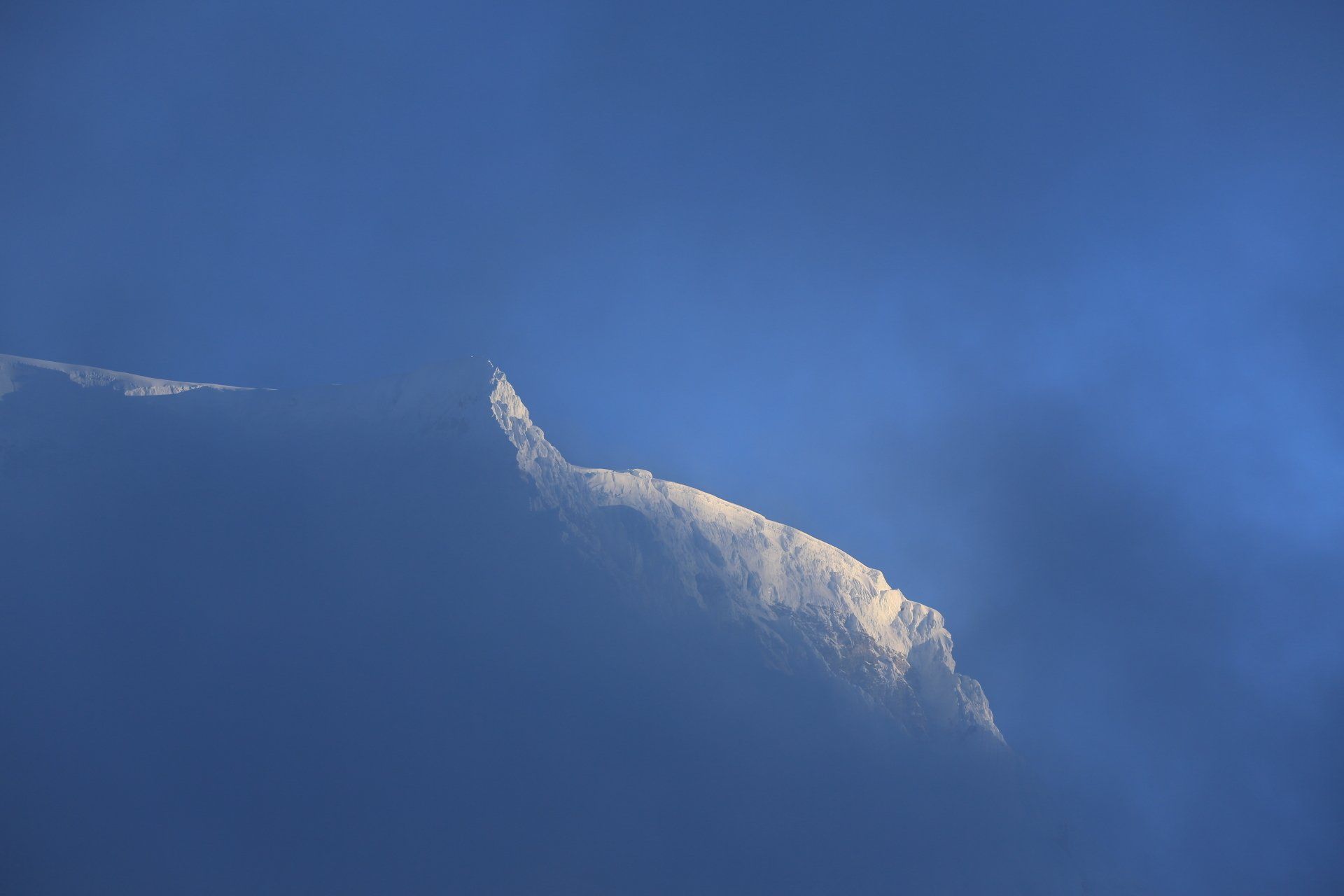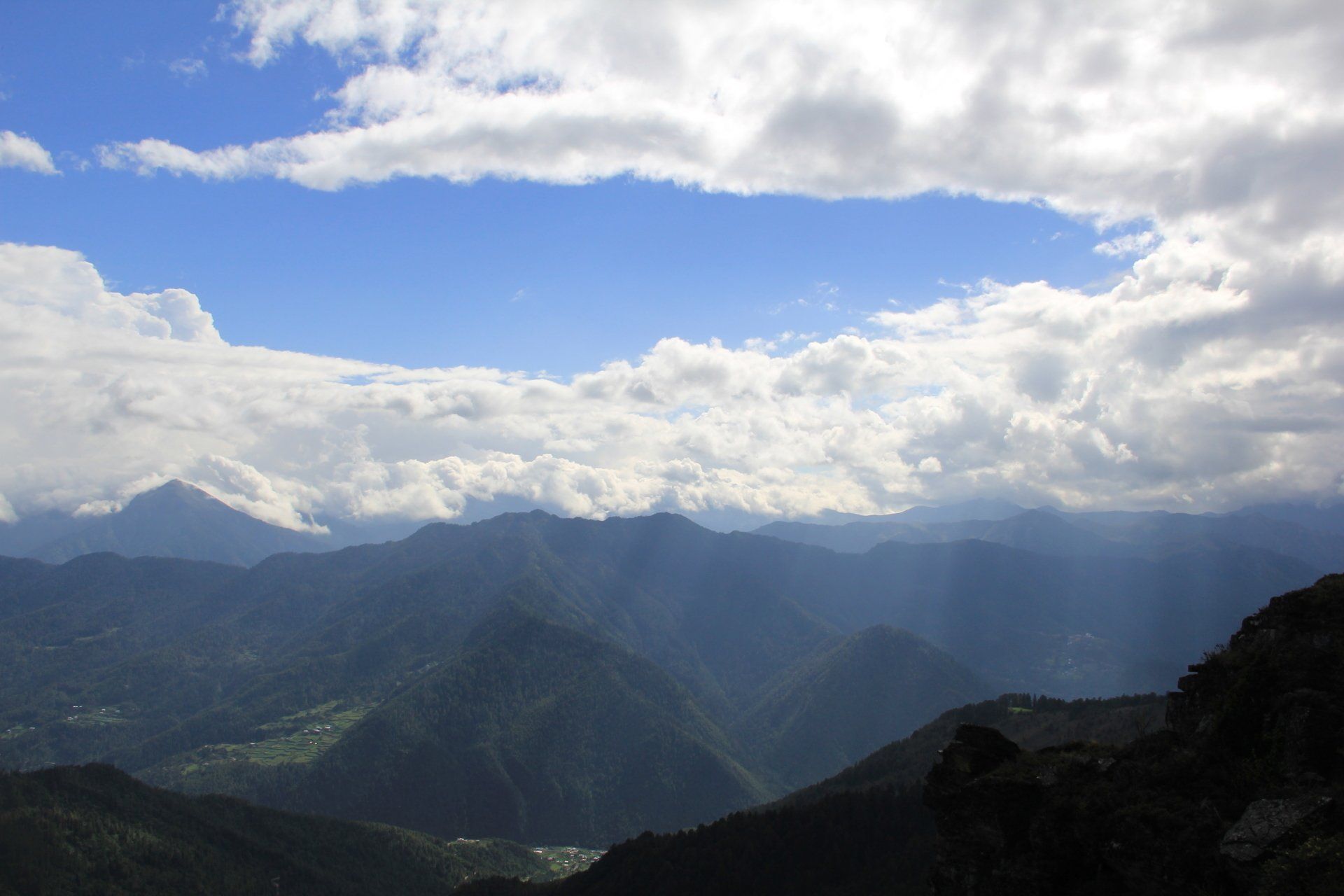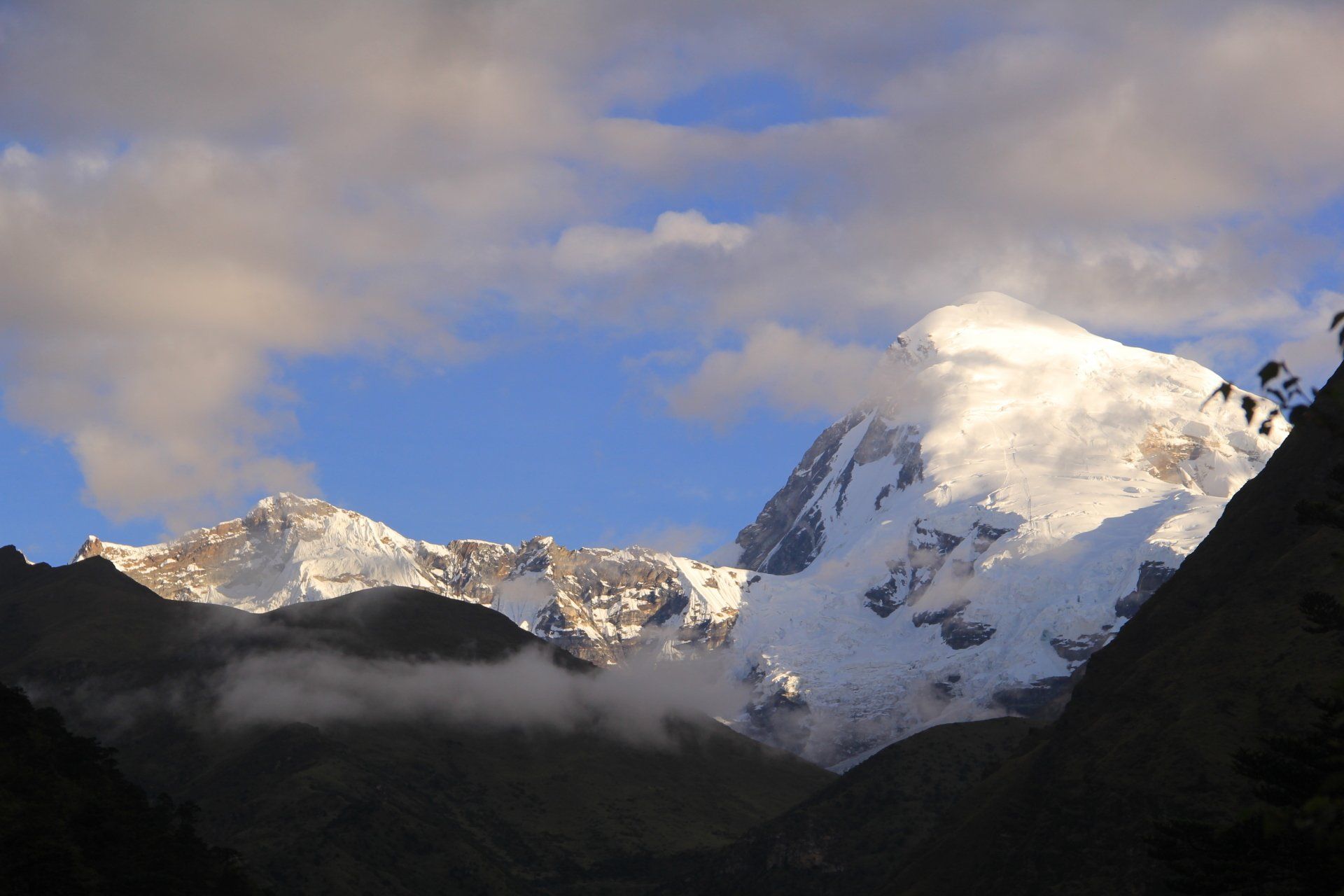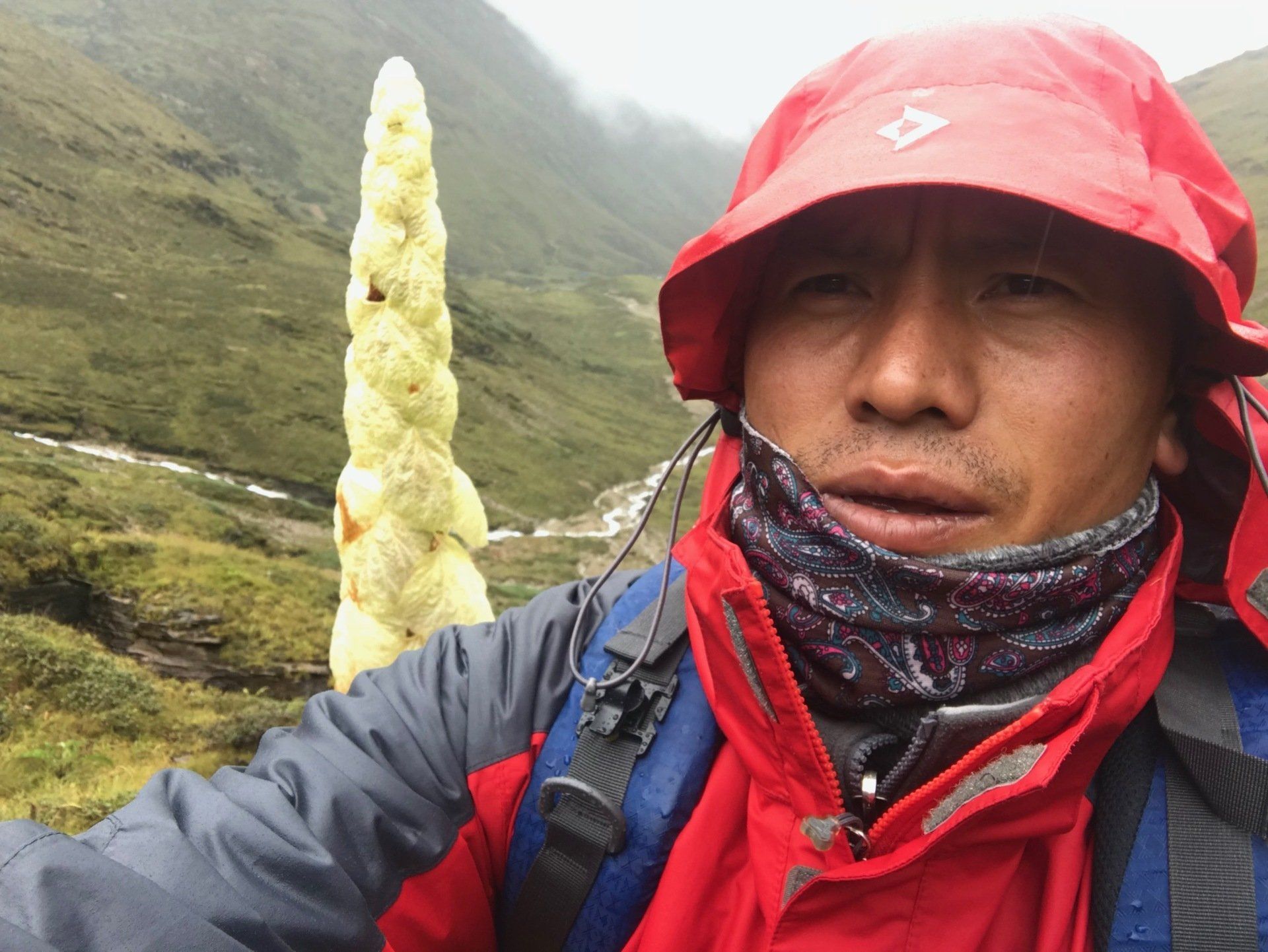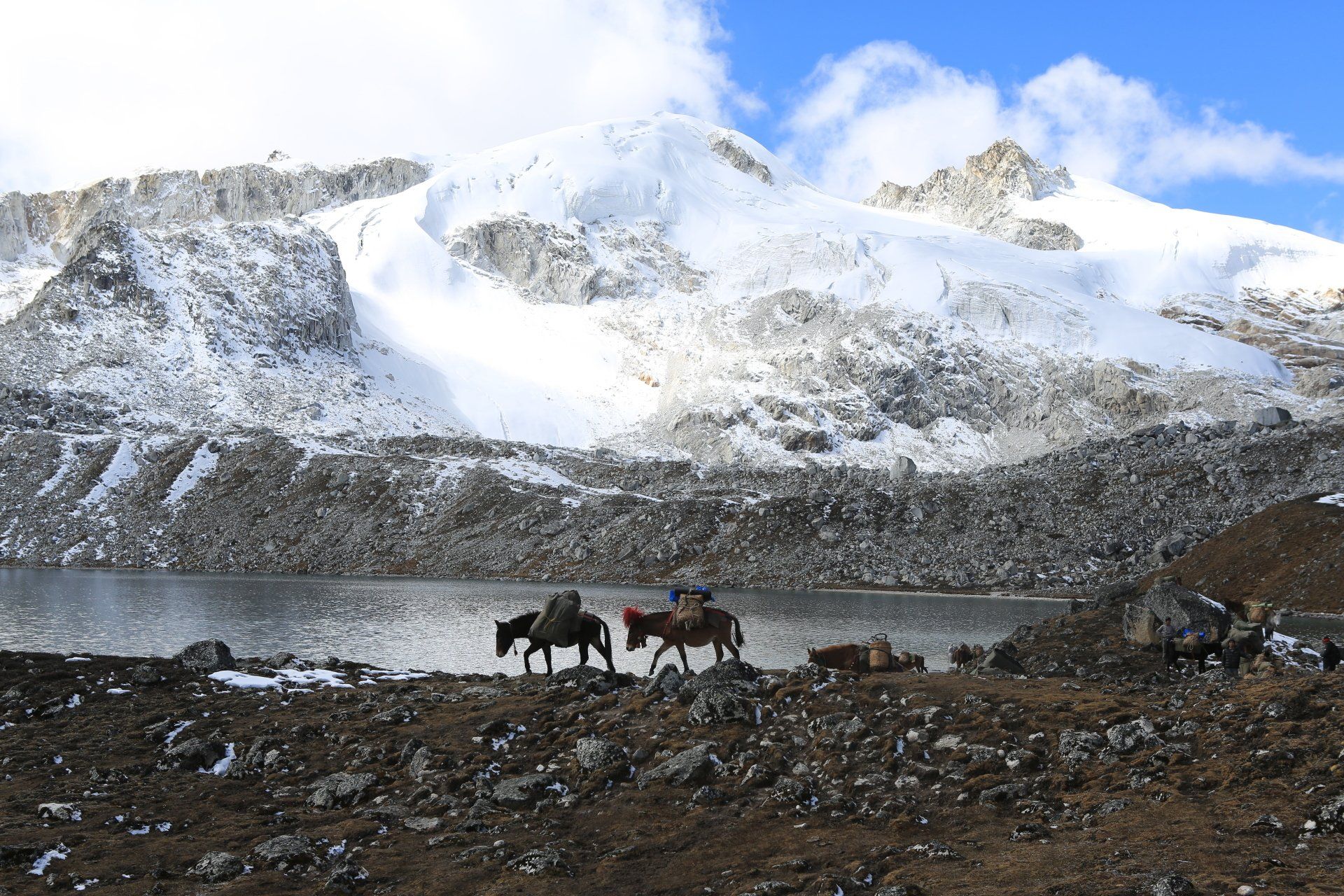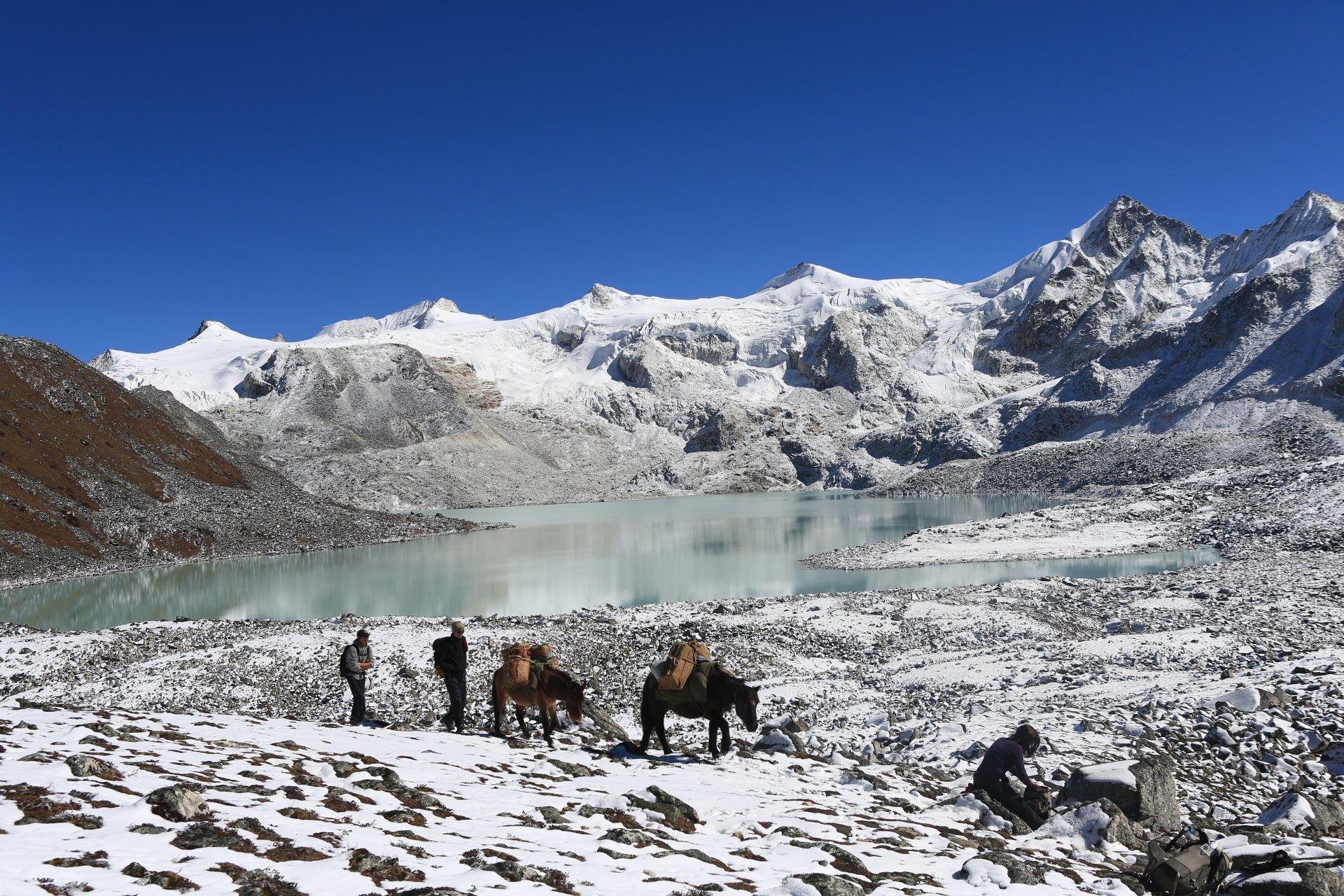360 Degree Sagala Trek
Stunning Views of the Himalayan Landscape
#BookNowTravelLater
Got Your Tour Cancelled Because of COVID 19
Cost
1,500.00
USD NOW 1,350
only
Grab the Seat with USD 300 Deposit only
360 Degree Sagala Trek - The Rice Planters Ancient Trail
The Sagala 360 Degree View Trek also called the Haa Rice Planters’ Trail as in the ancient times, was the trail that the rice planters of Haa valley used to travel to Paro valley to help the people of Paro plant and harvest rice. Haa valley is not much visited by tourists (having only been recently introduced into the coffers of tourism), and particularly the Sagala Trek is a beautiful 3 day hike through a mountain trail dividing the Haa and Paro valley.
Trek Facts...
360 Degree View of Himalayas
Stunning Views of the Himalayas throughout the Trek
Hike to Tiger's Nest Monastery
Tiger’s Nest/Taktsang Monastery- Hanging onto a precarious almost vertical mountain cliff, it’s a spectacular sight in terms of location, setting and history and is one of the holiest sites in the Buddhist arena.
Excursion of Thimphu Valleys
The Trekking Package also includes excursion of Thimphu valley- Combination of ancient and modern
Accompanied by Travel Guide
Throughout your holiday to Bhutan, escorted by one of the Bhutan Swallowtail’s expert tour guide- your ‘travelling concierge’, expert guide, consummate facilitator and friend in a foreign land who ensures your journey is as enjoyable as possible.
Baggage Handling
Baggage handling everywhere on your tour
Transport
Enjoy the unique comfort of Bhutan Swallowtail’s Luxury air conditioned SUV and coach with extended leg room.
Pre - Departure Checklist
Camping in extreme weather such as cold temperatures and snowy conditions can be expected and extremely enjoyable; Camping on the snow can be peaceful, picturesque and an out door adventure.
All the accommodation while on Trek is twin sharing, double occupancy. Single occupancy in tents can be arranged on demand at an additional charge. All tents are Cold Weather Tents and designed for harsh weather and snowy conditions. Separate tents will be pitched for dinning, kitchen and rest room.
- Trekking Boots (broken in)
- Waterproof 3/4 season jacket and trousers
- Camp Footwear (light shoes/sandles/trainers)
- Several pairs of good quality socks
- T-Shirts - Highly recommended are synthetic T shirt styles that wick away moisture
- Thermal Underwear / layers
- Down jackets
- Warm mid layers (fleece/micro fibre)
- Trousers - Lightweight, loose fitting, trekking trousers, pants with zip-off bottoms
- Shorts
- Gaiters
- Tracksuit or fleece pants for evenings
- Sleeveless fleece and extra layers
- Warm Hat and sun Hat
- Scarf/neck warmer
- Gloves and Mitts - waterproof and warm
- Sunglasses with UV protection
- Head Torch (spare batteries)
- Sunscreen and Lip Balm
- Light weight towel
- Hand sanitizer gel
- Trail mix / nuts/ muesli bars
- Whistle
- Daypack - The daypack you select must have the capacity for the items you may be carrying on a day's walk: rain jacket, trousers, warm clothing, water bottle, camera equipment, washing items and other personal effects. A hip/waist strap provides additional comfort. You should consider daypacks of at least a 30 to 40-litre capacity. Horses will be carrying the rest of your luggage.
Whats Included?
- SUV Car and Coaches
- Horses and Yaks on the Trek
Trekking Leader, Trekking Chef, Certified Guide, Helpers...
This trek is a slight variation of the ancient Haa Planters Trail to include more stunning views of the Himalayas and the surrounding landscape. Traverse through beautiful meadows across virgin forests rich in flora and fauna and enjoy the wilderness in all its various shades and at its magnificent best. Soak in the panoramic picturesque view of the Haa Valley and the three sacred hills of Haa. Walk through peaceful and quaint villages (comprising of around 8 households) and stop over at a yak herder’s camp and interact with them. One of the main highlight of the trek is the absolutely gorgeous 360 degree view from the Pass, with the Mount Jhomolhari, Mount Drageygang, Drugyal Dzong and the Taktsang Monastery on one side and Haa valley on the other.
Itinerary
Book This Trip With Confidence
Only USD 200 to Book This Trip
To secure a booking, only USD 300 as deposit is required
Guaranteed VISA
Bhutan Tourist VISA once you have made the deposit is 100% Guaranteed with us.
Flexi Deposit
You can gift your deposit to someone else or buy a new trip with us for FREE
24/7 Live Support
We have a dedicated team working 24/7 and can be reached by call, WhatsApp, Messenger and Email
No Booking Fees, No Change Fees
Change your Travel Dates Or Book your New Trip for Free
Your Deposit is Protected
Its protected by the Royal Government of Bhutan (RGOB) and Tourism Council of Bhutan (TCB)
Meet Your Trekking Expert
Sonam Dendup is currently the Managing Partner of Bhutan Swallowtail and loves trekking in the Himalayas. He trekked almost all the trek in Bhutan and also the Annapurna Base Camp and Mount Everest Base Camp trek in Nepal. He has 9 years of trekking experience and as a tour leader.
Other Popular Trekking Adventure in Bhutan...
Not Happy? Check Our Other Related Bhutan Tours and Treks...
What You Should Know Before You Go Trekking in Bhutan?
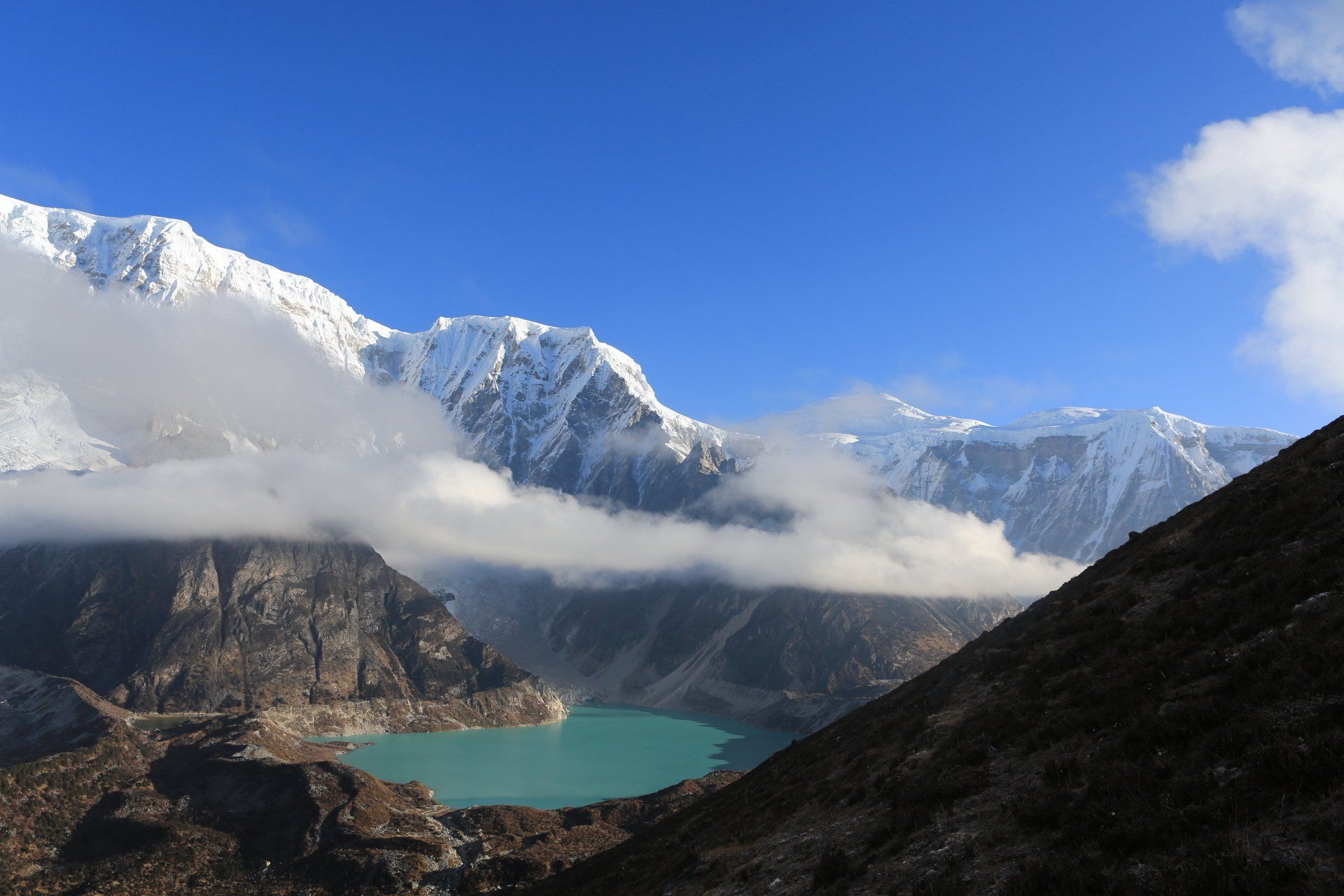
In the general, the climate in Bhutan is quite unpredictable due to the variation in the elevation and changing seasons. The southern foothills have a sub tropical climate with hot and humid monsoons, warm and pleasant winters. The central and higher alpine valleys have temperate weather, with pleasant summers and cold winters. The northern region of the country is above the tree line and most of the high mountain passes are covered in snow throughout the year. Bhutan enjoys all the four seasons in a year and Spring (March – May) and Autumn (September – November) are the best times to visit Bhutan. If you wish to see the rhododendron and wild flowers in full bloom in the central valleys which is a total delight then spring is the best time to visit and also trek. Autumn is the best time for trekking as the skies are clear and less chances of rain and snow. During winter (mid-November-February) the temperatures fall down but luckily the sky remains to be an azure delight which elevates the sight of the snow capped mountains to a new level. This table shows you the most suitable times for trekking in Bhutan: Good: (***) Moderate: (*) Not good: (X) Down Load File
